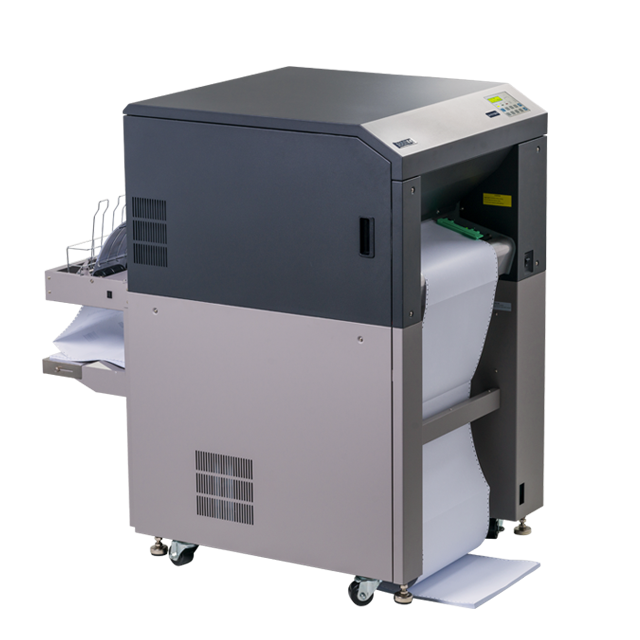How to understand the work of bookmakers
How bookmakers work
Bookmaker's offices have stable earnings due to the competent formation of quotations. Margin provides profit from the event regardless of how it will end. Thus, India betting operators exclude losses. The employees of bookmaker offices include analysts who calculate the probability of a particular outcome and give odds based on it. Smaller companies simply take quotes from larger competitors. The figures may change in the future, but it is not so much influenced by the changed odds, but by the competent management of money flows from the players.
A beginner does not understand the formation of a bookmaker's line, while a professional player can extract a lot of important information from it. He is able to independently assess the odds and compare it to what the resource offers. If any events have inflated values, they are called valuables. Experienced bettors compare the figures with other betting operators to eventually find the most favorable odds for themselves, before the employees of the BC change them.
Margin
As it has already become clear, odds are the main earning tools for bookmakers. For example, if the analyst department has estimated a certain outcome at 2.0, then putting it at face value in the line it will not earn, and possibly even make a loss. In such a case, a margin is put in the values, which reduces the odds. As a result, the players will be able to bet on this outcome at 1.9 or even 1.8. It all depends on which bookmaker's office he bets.
That's right, if both opponents have equal chances of success, then instead of 2.0 they will be given much less. For example, with 1.85 for each of them, the bookmaker is guaranteed to get a difference of 0.15 from the betting pool. In the long run, a large number of such events enriches the betting operators, but the players lead to losses. This way of doing business is not considered to be cheating, because otherwise the betting business would be unprofitable, but it cannot be called completely honest either. Usually the average margin is 7-9%. For the most popular events it is reduced, and for less famous events it will be offered at the least favorable odds.

Inexpensive to purchase, inexpensive to operate: the SOLID F40 is the most economical printer in its class. As a continuous laser printer for
medium printing volumes it covers a very broad spectrum of deployment areas. The powerful Microplex Controller guarantees connection versatility,
easy system integration and high printing performance. Cold fusing via Xenon flash lamps also enables thermally sensitive materials
such as plastic or PVC to be used. And fusing is also trouble-free even on thick materials.
-
Most economical cold fusing printer on the market
-
Prints on paper, PVC, plastic, etc.
-
USB, Ethernet (10/100 Mbit) as standard
-
Laser and matrix printer compatible
-
SAP with the standard PCL5e emulation
-
Perfect control via Status Out
-
Optional IPDS emulation making it the printer of choice for IBM solutions


